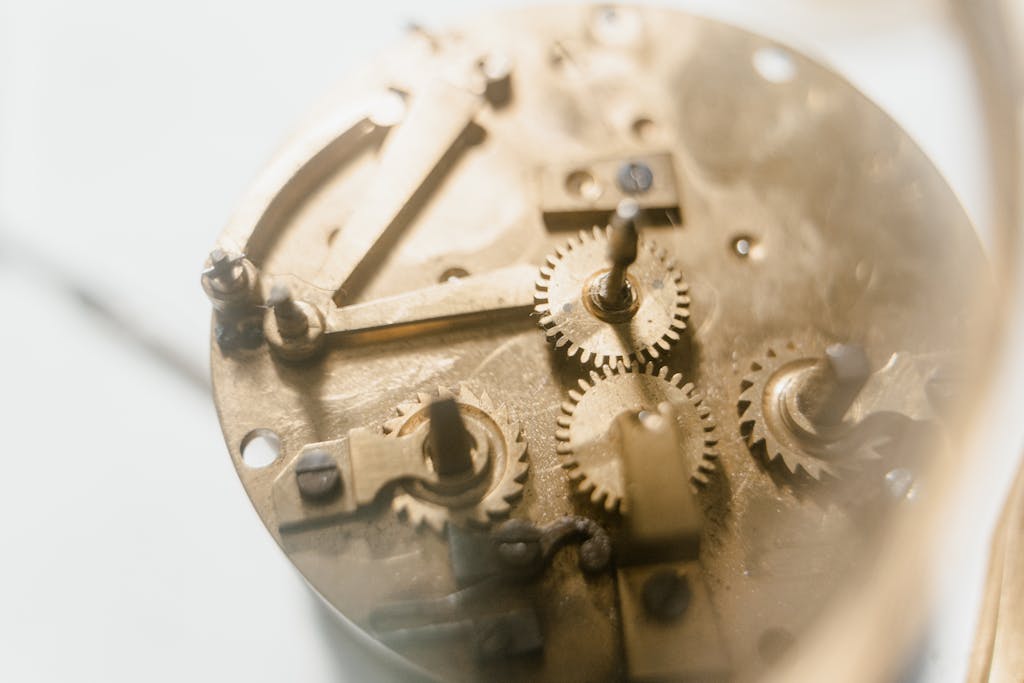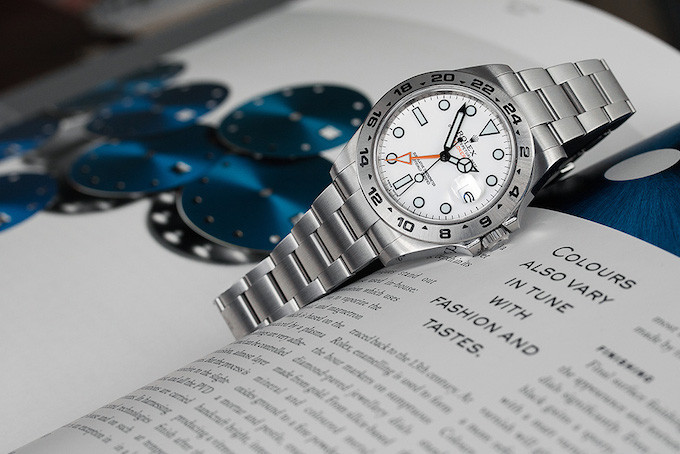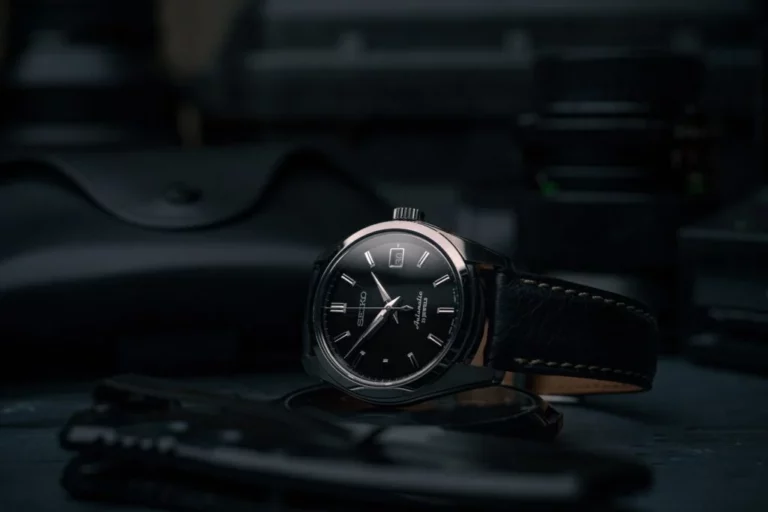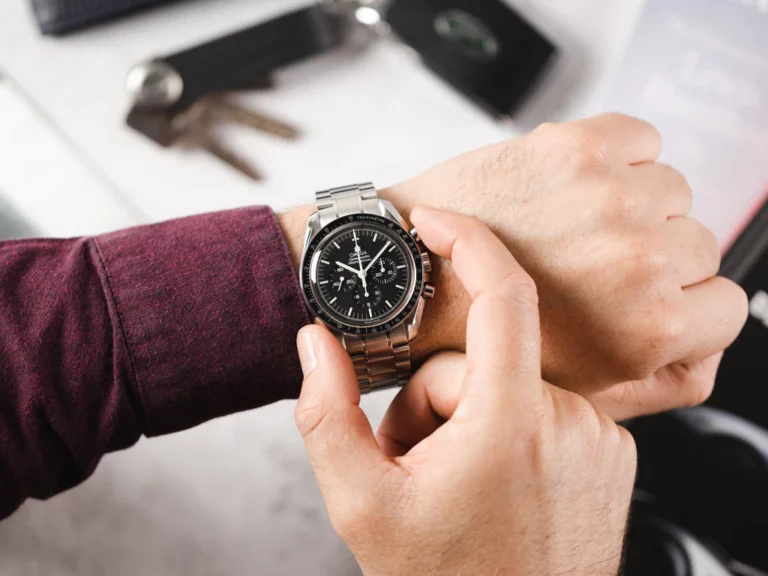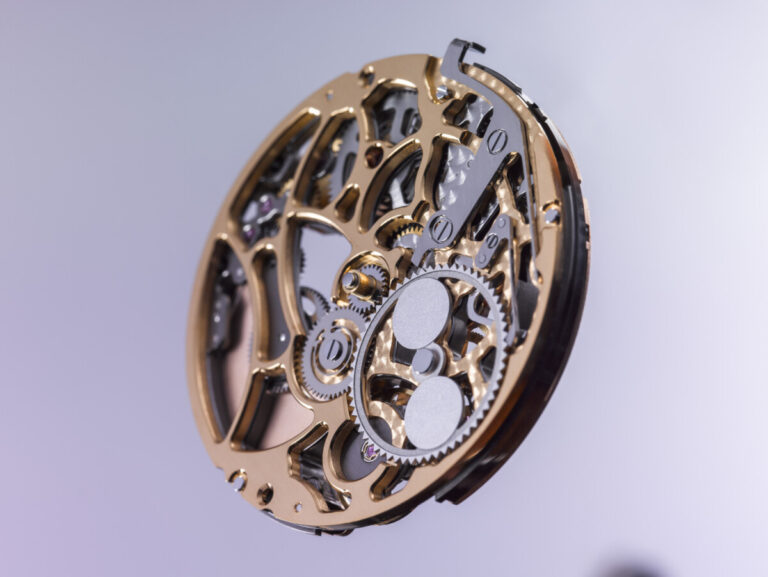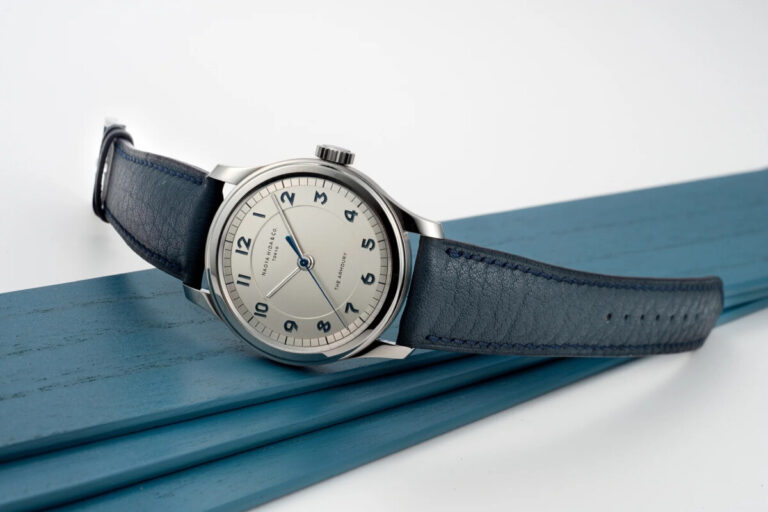As a timepiece enthusiast, I’ve encountered a recurring question from both seasoned collectors and newcomers alike: “What is a mechanical watch?” This seemingly straightforward query often sparks deeper conversations about the essence of timekeeping and the enduring allure of traditional watchmaking. In this article, I aim to provide a comprehensive understanding of mechanical watches, their significance, and the reasons behind their continued relevance in an era dominated by technological advancements.
Mechanical Watches: Timekeeping Artistry in Motion
At their core, mechanical watches are timepieces powered by traditional clockwork mechanisms, utilizing a mainspring as the primary source of energy. Unlike their quartz counterparts, which rely on electronic oscillation powered by a quartz crystal, mechanical watches operate through a series of intricate mechanical components that regulate timekeeping.
This fundamental distinction sets mechanical watches apart, offering a tangible connection to horological traditions and representing a blend of artistry and engineering. While quartz watches undoubtedly excel in accuracy and convenience, mechanical watches offer an unparalleled appreciation for craftsmanship and heritage.
Mechanical vs. Automatic: Understanding the Difference
Within the realm of mechanical watches, there exists a crucial distinction: automatic and manual wind watches. Both types rely on mechanical components rather than electronic circuits for operation, but they differ in the method of powering the watch.
Automatic watches are a subcategory of mechanical watches that feature a self-winding mechanism. This ingenious design utilizes the natural motion of the wearer’s wrist to power the watch, eliminating the need for manual winding. As the wearer moves throughout the day, the oscillating weight within the watch winds the mainspring, providing a consistent and convenient power source.
In contrast, manual wind mechanical watches require the wearer to periodically wind the watch by turning the crown, which in turn tightens the mainspring and stores energy for timekeeping. This ritual adds a personal touch and engagement with the timepiece, appealing to those who appreciate the tactile experience of winding a watch.
While all automatic watches are inherently mechanical, not all mechanical watches are automatic. The distinction lies in the method of powering the watch: self-winding for automatic and manual winding for others.
Mechanical Movements: Unnecessary Yet Beloved
In an era where quartz and digital watches offer unparalleled accuracy and convenience, one might wonder: why do mechanical watches continue to capture the hearts and minds of enthusiasts worldwide? The answer lies in their enduring appeal, rooted in craftsmanship, heritage, and the appreciation for artistry in timekeeping.
Despite being technologically surpassed, mechanical watches remain cherished for their ability to convey a sense of luxury, exclusivity, and connection to horological traditions. Their movements serve as tangible artifacts of watchmaking history, often appreciated for their intricate design and precision engineering.
Building and maintaining mechanical movements requires specialized knowledge and expertise, contributing to their perceived value. The meticulous assembly and calibration of components demonstrate the artisanal skill of watchmakers, elevating these timepieces to the realm of functional art.
Furthermore, the ritual of winding a mechanical watch or observing its intricate movement through a caseback enhances the wearer’s connection to the timepiece. Unlike disposable quartz watches, mechanical watches offer a tactile and sensory experience that deepens the appreciation of timekeeping as an art form.
FAQs: Addressing Common Queries
To further clarify the concept of mechanical watches, let’s address some frequently asked questions:
Q: What is a Mechanical Watch vs. an Automatic?
A: An automatic watch is a type of mechanical watch that winds itself using the wearer’s wrist motion, while a manual wind mechanical watch requires periodic manual winding by the wearer.
Q: Does a Mechanical Watch Have a Battery?
A: No, mechanical watches do not rely on batteries. Instead, they utilize a mainspring for energy storage and release, powered either by manual winding or a self-winding mechanism.
Q: What Is the Point of a Mechanical Watch?
A: Mechanical watches offer enduring reliability and a connection to horological traditions, appealing to enthusiasts who appreciate craftsmanship, history, and the artistry of watchmaking. They represent a tangible link to the origins of timekeeping and serve as functional works of art.
Conclusion: The Original Watches
Mechanical movements represent the original form of timekeeping, evolving from the clockwork mechanisms used in vintage clocks and timepieces. Their enduring appeal stems from their role as cultural artifacts and symbols of craftsmanship, enduring long after the advent of quartz and digital technologies.
Despite technological advancements, mechanical watches continue to captivate enthusiasts and collectors with their timeless elegance, intricate engineering, and the artistry embedded within each movement. The appreciation for mechanical watches extends beyond their utility, embodying a blend of art, science, and tradition that transcends mere timekeeping.
As a timepiece enthusiast, understanding the essence of mechanical watches is crucial to truly appreciating the rich history and cultural significance of horology. Whether you’re a seasoned collector or a newcomer to the world of fine timepieces, exploring the intricacies of mechanical watches can deepen your appreciation for the enduring craftsmanship that has shaped the watchmaking industry for centuries.
Closing Remarks
In this article, we’ve delved into the fascinating world of mechanical watches, exploring their definition, function, and the distinction between automatic and manual wind timepieces. We’ve uncovered the reasons behind their enduring appeal, rooted in craftsmanship, heritage, and the appreciation for artistry in timekeeping.
As you embark on your journey into the realm of mechanical watches, remember to embrace the tactile experience, observe the intricate movements, and revel in the connection to horological traditions. Whether you choose an automatic or manual wind timepiece, you’ll be carrying a piece of watchmaking history on your wrist, a testament to the enduring allure of mechanical watches.

